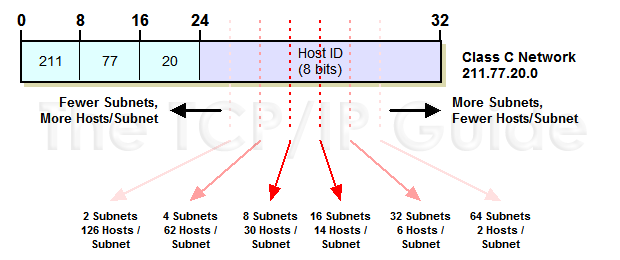 |
|
Please Whitelist This Site?
I know everyone hates ads. But please understand that I am providing premium content for free that takes hundreds of hours of time to research and write. I don't want to go to a pay-only model like some sites, but when more and more people block ads, I end up working for free. And I have a family to support, just like you. :)
If you like The TCP/IP Guide, please consider the download version. It's priced very economically and you can read all of it in a convenient format without ads.
If you want to use this site for free, I'd be grateful if you could add the site to the whitelist for Adblock. To do so, just open the Adblock menu and select "Disable on tcpipguide.com". Or go to the Tools menu and select "Adblock Plus Preferences...". Then click "Add Filter..." at the bottom, and add this string: "@@||tcpipguide.com^$document". Then just click OK.
Thanks for your understanding!
Sincerely, Charles Kozierok
Author and Publisher, The TCP/IP Guide
|
|
|

Custom Search
|
|
IP Subnetting Step #2: The Key Design Trade-off: Partitioning Network Address Host Bits
(Page 1 of 3)
After we complete our brief requirements analysis, we should know the two critical parameters that we must have in order to subnet our network: the number of subnets required for the network, and the maximum number of hosts per subnetwork. In using these figures to design our subnetted network, we will be faced with the key design decision in subnetting: how to divide the 8, 16 or 24 bits in the “classful” host ID into subnet ID and host ID.
Put another way, we need to decide how many bits to “steal” from the host ID to use for the subnet ID. As I introduced in the topic on custom subnet masks, the fundamental trade-off in choosing this number is as follows:
- Each bit taken from the host ID for the subnet
ID doubles the number of subnets that are possible in the network.
- Each bit taken from the host ID for the subnet ID (approximately) halves the number of hosts that are possible within each subnet on the network.
There are six possible ways this decision can be made for a Class C network, as illustrated in Figure 73.
|
The relationship between the bits and the number of subnets and hosts is as follows:
- The number of subnets allowed in the network
is two to the power of the number of subnet ID bits.
- The number of hosts allowed per subnet is two to the power of the number of host ID bits, less two.
We subtract two from the number of hosts in each subnet to exclude the “special meaning” cases where the host ID is all zeroes or all ones. As I explained in the topic on custom subnetting, this exclusion was originally also applied to the subnet ID, but is no longer in newer systems.
Now, to choose how many bits to use for the subnet we could use trial and error. By this I mean we could try to first calculate the number of subnets and hosts when we use one bit for the subnet ID and leave the rest for the host ID. We could then try with two bits for the subnet ID, and then try with three and so on. This would be silly, however; it's time consuming and makes it hard for us to choose the best option. There's an easier method: we can use the subnetting summary tables. They let us look at all our options and usually see immediately the best one for us.
|
| |||||||||||||||||||
Home - Table Of Contents - Contact Us
The TCP/IP Guide (http://www.TCPIPGuide.com)
Version 3.0 - Version Date: September 20, 2005
© Copyright 2001-2005 Charles M. Kozierok. All Rights Reserved.
Not responsible for any loss resulting from the use of this site.







